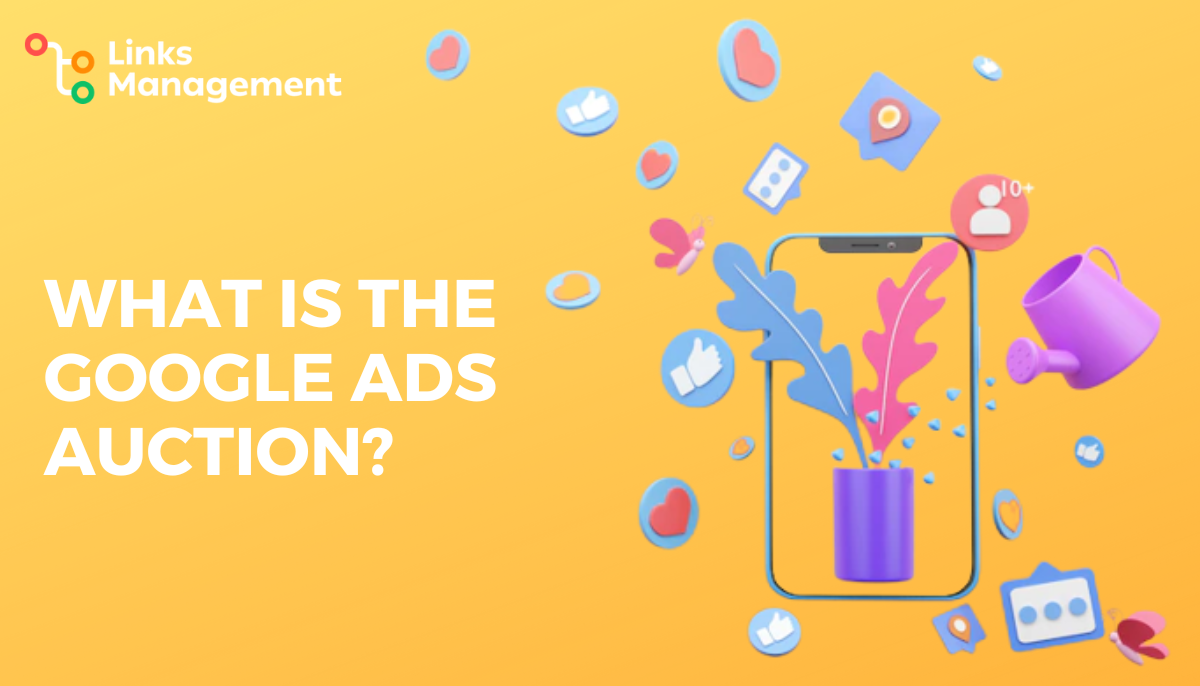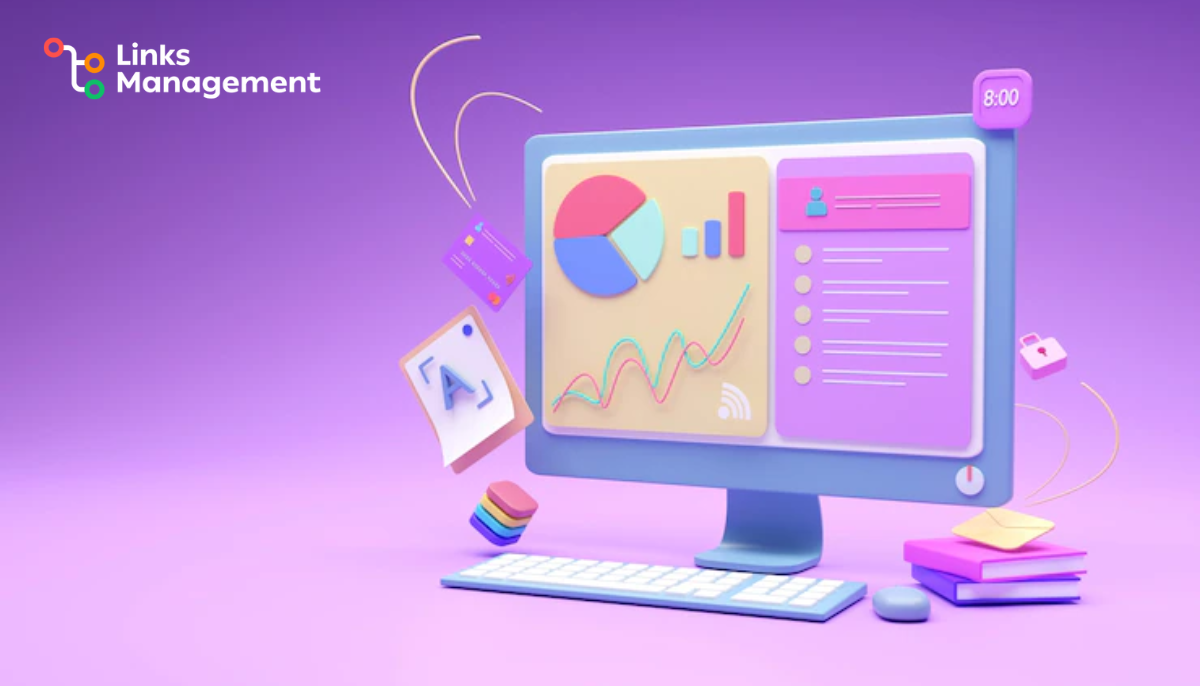What is the Google Ads Auction? The Importance of Quality Score & the Ways to Improve It
Google Ads is a good tool for creating ads. However, we often find ourselves spending budgets rather than making money. How can we use “quality score” to reduce conversion costs and increase sales?

Google Ads Auction Insights Or What Every Advertiser Should Know
Every advertiser who uses systems like Google AdWords wants to pay less for clicks and have his ads appear in better places.
To achieve these aims, it is necessary to understand how the Google AdWords auction works, how advertisers are selected for displaying their ads, and how they can pay less for clicks by improving their ad campaign indicators.
How It All Works?
It’s clear that we have a lot of advertisers, and Google needs to identify somehow those who will be shown, for example, at the top of the page in a search. But, unfortunately, there are only 4 seats, and applicants can be 10 or 20, or 100.
Every time a user enters a query into the search box in your browser, an auction begins. The system starts to automatically select ads relevant to the search query with a high google ads quality score and the highest bid per click.
The rate is all clear. The meaning is simple. It is used in all our usual auctions. The one who places the highest bid is usually the one who wins in a google auction.
But the algorithm that Google uses is more complex. It is advantageous to show not only those advertisers who made the highest bid but also those with higher quality ads. If your ad gets more clicks and your bid is lower than the advertiser whose ad gets fewer clicks, Google will give preference to your ads.
And here, we can make two conclusions. First, the maximum bid does not guarantee that you will show up in the best places. Secondly, the success will depend on the ad rank google ads.
What Is The Quality Score, And How Is It Measured?
Since 2001, Google’s ad revenue has grown steadily. In 2017, Google made $110 billion, of which $95 billion was from advertising. Google will earn more if it encourages suitable ads. Then, people will continue using the search engine to find answers to queries. Google created the “Quality Score” to do this.

A visitor’s comfort level on the landing page, the effectiveness of the keyword selection, and the text’s clarity are all taken into account when determining your ad’s AdWords quality score. Your advertising campaigns will cost less the better the Google website quality score. Three factors affect the quality score:
- Landing – how relevant the landing page is to the query and convenient for the visitor.
- Relevancy: how relevant your ads are to your visitors’ query.
- CTR – click-through-rate: the ratio of the number of impressions of the ad to the number of clicks
What is ad rank? QS allows you to rate ads on a scale of 1 to 10, where 10 is excellent, and 1 means that your offer is completely inappropriate and does not meet the user’s needs.
This parameter affects the google ad rank quality score. It takes up space in the advertising output at this place. The highest price you’re willing to spend for placement also impacts the rating.
What effect of ad rank have on cost? Your placement fee will be reduced the better the quality score. You may spend less money while achieving better places by trying to enhance the quality of your advertising campaign. Google will reduce your offer by up to 50% for a 10-point score.
Where To Find Quality Score In Google Ads?
You can see the values of the parameter in reports in your Google Ads account → Keywords → Columns → Change → Add Quality Score.
Important! CPC discount or markup takes into account the average values, so you need to assess the report’s quality score and not an individual key. You can see it, for example, using the script QS Tracker. To do this:
- Go to the account Hub of PPC Tools → Scripts → QS Tracker → install the script.
- After launching the script will create two files on Google Drive: with general data on the quality indicator and separately with data on the keys.
What Does The Quality Indicator Depend On?
It is not fully known what parameters affect the quality indicator in google ads. We can say for sure that when calculating the QS, the following factors are taken into account:
- The relevance of the landing page to the target query;
- The significance of the ad to the target query;
- The ratio of the number of impressions to the number of hits;
- Expected CTR (clickability) of the ad;
- The expected effectiveness of the advertisement in the region of promotion.
Some of them, such as the expected CTR, depending on the account’s effectiveness, that is, the ad rating. So you get into a vicious circle in which you have to increase the quality score to increase the rating, which eventually leads to an increase in QS. And so on to infinity.
How To Improve Quality Score?
The question is what quality score factors you can affect. First and foremost, it’s the content of the title and description of the ad. Conformity to the key query – this is a necessary minimum. In addition, it is worth adding a few competitive advantages of your offer in the title, calls to action, and description.
Let’s move directly to the landing page. Its content must correspond to the title of the ad. That is, if you advertise a product, such as a phone of a particular manufacturer and model, by clicking on the link, the customer must get to the card of this product, but not in the catalog of similar models.
In addition, this site must meet the quality standards of Google, i.e., use protocol HTTPS, be optimized for mobile applications, and have the correct meta tags and headings H1 – H16.
How Is A Quality Score Calculated?
Quality score and rate are the two components of the ad rating.
When the quality score is improved, you should expect a decrease in the growth of the average position. And often – a simultaneous improvement in these indicators. The fact is that optimizing the quality score increases your ranking – now you are competing and winning positions against other advertisers in the auction. Therefore, it is possible to increase the average rank and decrease the CPC simultaneously; consequently, the actual price per click may vary.

So when there is no opportunity to increase the bid, but you want to improve the average position or the number of impressions – you need to work on the quality indicator.
The Formula For The Importance Of Factors Influencing The Quality Score In Google Ads
The new API version from Google allows each quality factor and its status (average, above average, below average) to be uploaded for all keywords in search campaigns. This means we can now clearly analyze how Google assesses the importance of sub-factors and their impact on the visible quality indicator.
Increasing The Quality Score
The reason for low ad relevance is too many keywords. Google advises “use 5 to 20 keywords in a group, although there may be more,” but this is not always a good solution.
Visitors formulate in their way, not the way we think. To understand visitor logic, you need to gather keyword statistics and answer these questions:
- What words do visitors use to formulate a problem?
- How do they describe a possible solution?
- How do they represent the product or service?
In the ad’s text, form the right expectation: the visitor should get an answer to the query before they even click on the ad. For example, if you sell sports jerseys, your ad should convince him that when he clicks on the ad, he will be able to choose his jersey. Note: we build expectations at the ad stage, not on the site. The visitor comes to the area with a ready-made motivation.
Let’s say we sell T-shirts and want to find the right keywords. Follow Google’s advice and “use 5-20 words in a group.” We’ll get a list like this:
- T-shirt
- T-shirts to order
- Men’s T-shirts
- T-Shirts with prints
- Polo T-shirt
- Autumn T-Shirt
- Sleeveless T-shirt
- Hooded T-Shirt
- Henley T-Shirt
If you combine such disparate clues into one group, you’ll have to write a universal ad that should motivate you sufficiently to buy both a fall T-shirt and a sleeveless shirt from us. Here’s an ad that tries to get along with “fall t-shirt,” “sleeveless,” “henley,” and “name t-shirt.” It doesn’t take into account the buyer’s request and will take him to a general page with the entire assortment.
Perhaps the buyer of the sleeveless shirt and the fall T-shirt is not the store’s audience, and it tries to lure the person to the site and further offer an alternative, but that’s another story.
You can’t write a one-size-fits-all ad and expect a significant CTR: if a competitor has a better message match, he probably has a better quality score. If he has a better quality score, Google is likelier to show his ad than yours, and for less money. For example, imagine you want to buy a T-shirt with your name on it. Which ad would you click on?
To better target, your ad, use SKAG – single keyword at group strategy. That means 1 keyword and 1 unique ad for each ad group. Yes, it takes longer to set up, but the ads are more accurate.
Depending on your audience, you can use three different types of matching:
- Broad match. The order of the words does not matter, the ad will be shown to the maximum number of people, and the match key and query will not be strict.
- Phrase matching. The keyword is written in quotation marks. You fix the word order, but there may be additional words before and after the phrase.
- Exact match. The keyword is written in square brackets, the word forms may vary, but there will be no additional words before or after the phrase.
An alternative option is to use advanced text ads. Standard ads are character-limited, while advanced ads can convey the message more accurately:
- add a third headline;
- add a second description;
- use up to 90 characters for each illustration.
There are also restrictions:
- each headline is no more than 30 characters;
- each description 90 characters.
If fewer than three ads exist in a group, expand the group to five. You will be able to test the ads – higher quality ads will increase your conversion rate by 15% on average than groups with one ad. This is a kind of A/B testing: after a few weeks, you’ll be able to see if expanded ads work for you or if it’s better to stick with single ads.
Use keyword insertion – it allows you to dynamically add keywords that match the user’s search query to the ad. Use it only in groups of ads with similar keywords: if a visitor reads one ad and sees another on the page – he will leave the site.
How To Improve The Landing Page?
The visitor formulated a query, saw the right ad, and got to the landing page. Three tips:
- Using an existing landing page is tempting rather than making a new one for each query. You can do that, but ensure that the landing page correlates accurately with the ad.
- Give the page a relevant headline and subheading.
- Design the page to be visually simple and prompt the visitor to the next steps. We wrote something about this in the basic principles of interactive design.
Conclusion
To pay less for your Google AdWords ads, you must understand how to set up your ad campaign correctly.
Ads should be as effective as possible in attracting your target audience. And to do that, you need to set them up properly. This is the only way to get cheap clicks and potential customers who will use your service or buy a product.
But do not forget about your website. Only a genuinely well-designed and functional website can convert visitors into customers.
Enter URL & See What We Can Do Submit the form to get a detailed report, based on the comprehensive seo analysis.





